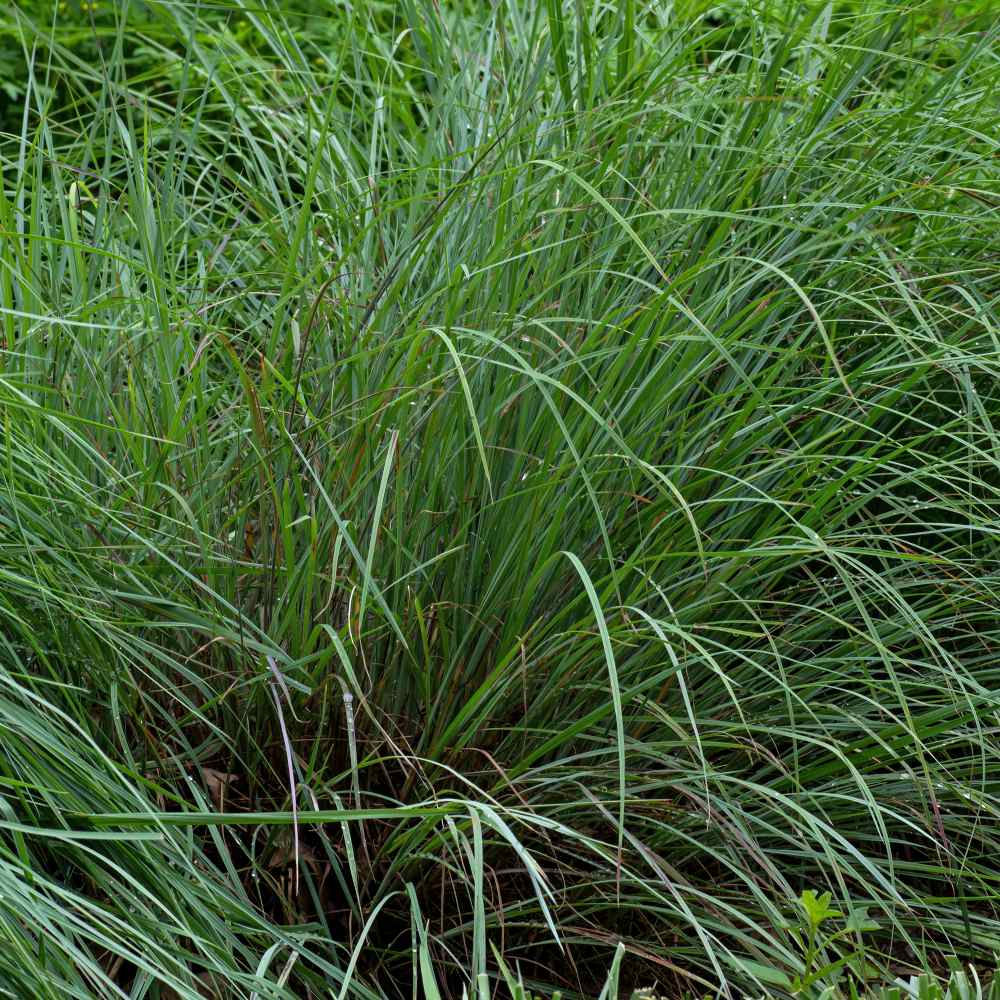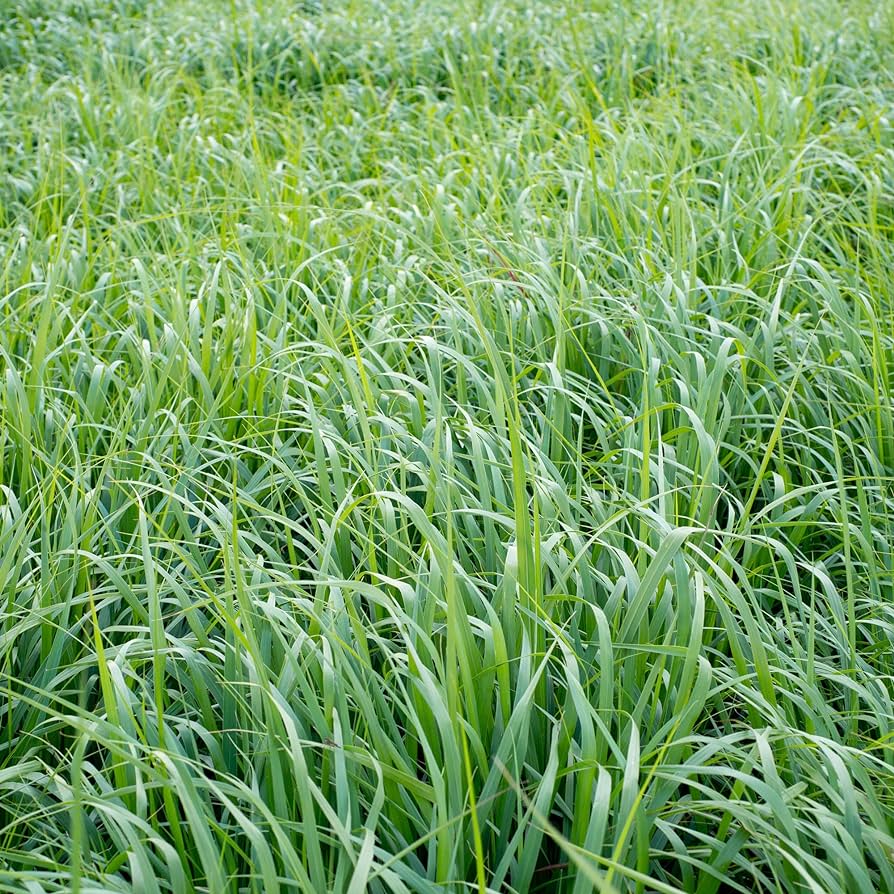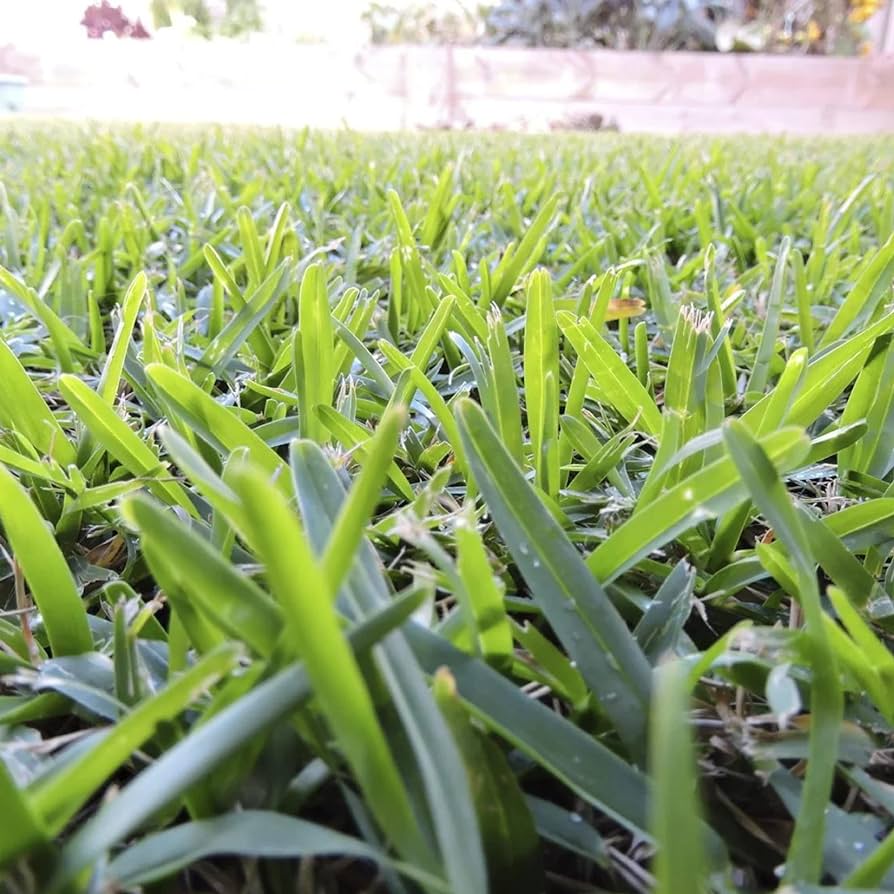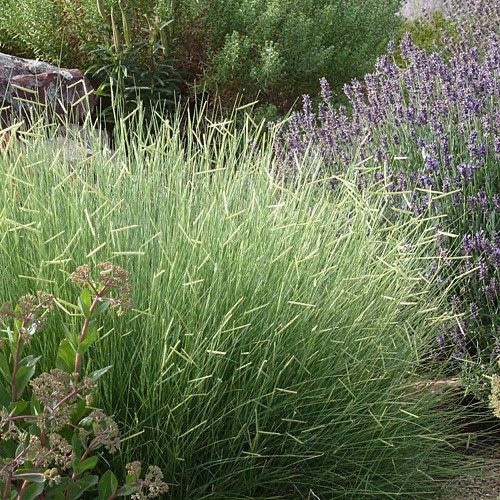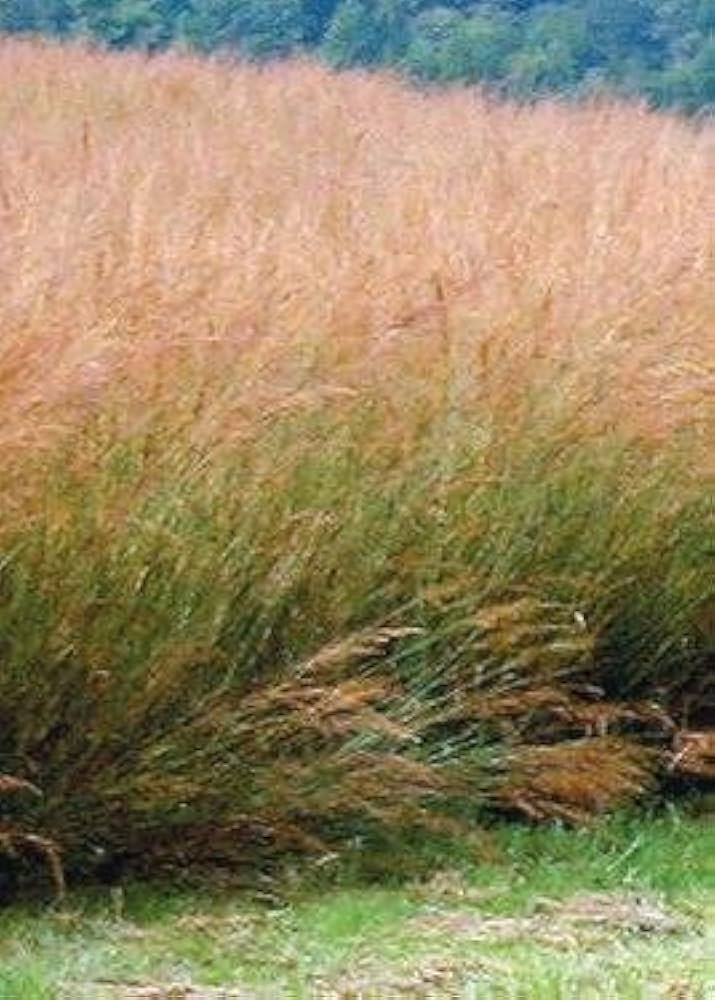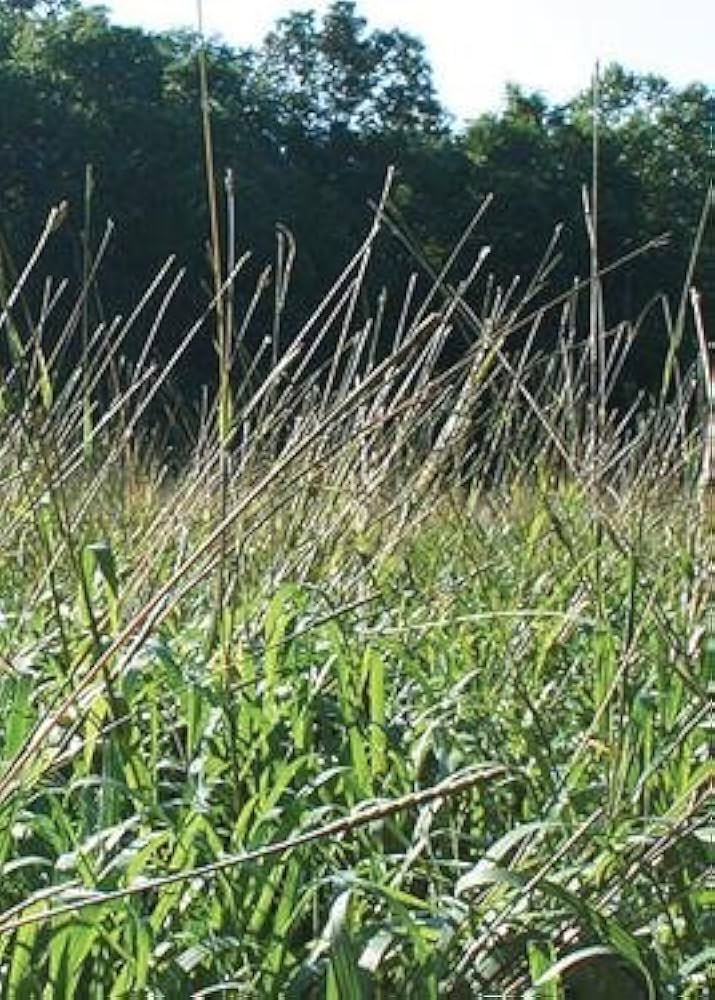This post contains Amazon affiliate links. If you click through and make a purchase, we may earn a commission, at no additional cost to you.
Hello, fellow Oklahomans! We're not just about keeping your yard looking its best — we're also passionate about working with our great state's natural beauty. And what better way to do that than by incorporating native grasses into your landscape? These grasses have evolved with our unique Oklahoma climate, making them a perfect fit for any lawn or garden in our area. So, whether you're looking to add a splash of local color or you're on a quest for a low-maintenance lawn, we've got the inside scoop. Dive into our curated list of the best native grasses that'll not only thrive but also make your yard the talk of the block. Let's grow together!
Ornamental Grasses
Little Bluestem (Schizachyrium scoparium)
Turf Grasses
Erosion Control Grasses
FAQs
Native grasses are adapted to the local environment, so they require less maintenance, water, and no pesticides.
Most of these native grasses are drought-tolerant, making them ideal for Oklahoma's climate.
Absolutely! Mixing grasses can create a dynamic visual appeal and even improve the health of your lawn.
It depends on the type and your preference. Turf grasses like Buffalograss require minimal mowing, whereas ornamental grasses are typically left to grow to their full height.
Generally, yes. However, it's always a good idea to supervise pets in the garden and ensure they're not consuming large amounts of any plant material.
Many local nurseries in Oklahoma will carry these species. It's always best to support local growers who understand the unique needs of the region. However, if you need to order online, then we've made recommendations via our Amazon partnership.
Whether you're beautifying your lawn or tending to a garden, choosing native grasses ensures you're working with Oklahoma's natural environment, not against it. Happy planting!

